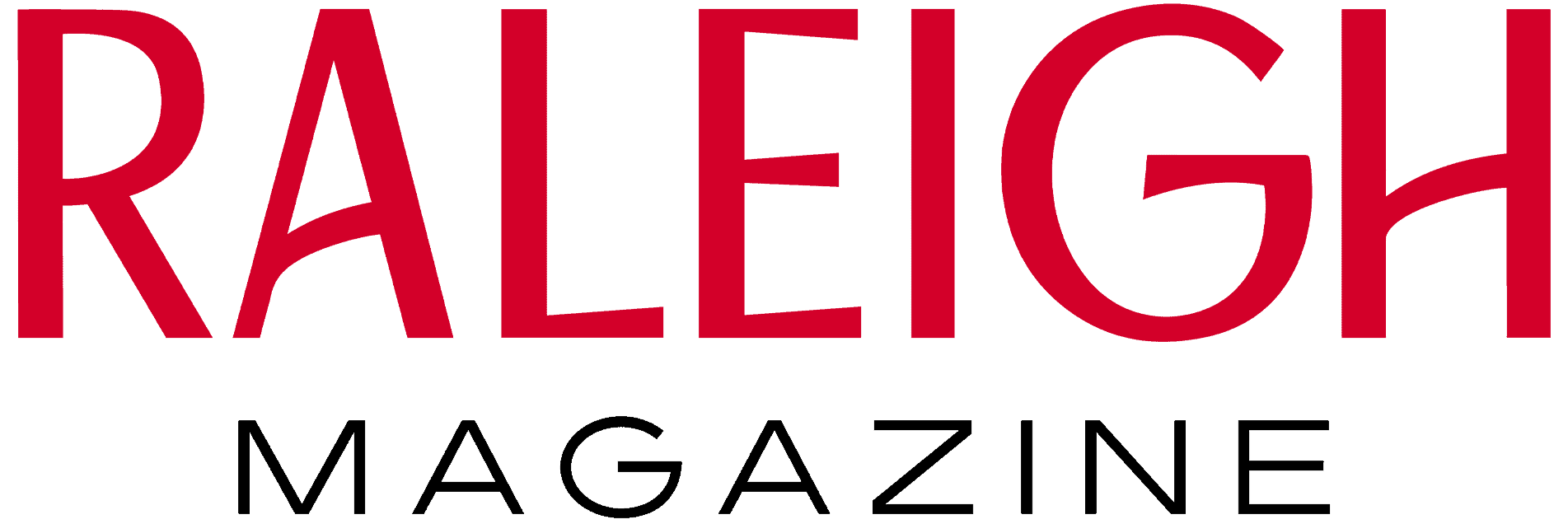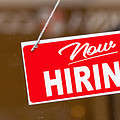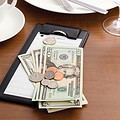Share this Post
QR codes are starting to replace servers—and people are passionate about it.
It’s no secret that scannable QR codes are a thing. In fact, restaurants nationwide are starting to use them to supplant servers. Raleigh is no exception. But owners and patrons alike are divided on the trend.
A couple of local restaurants are on the short list of spots that have jumped on the emerging trend—from essentially self-serve situations like Longleaf Swine and Standard Beer + Food (though Standard offers a counter-service option) to a more curated, hybrid version of tech-meets-service, such as what you’ll find at J. Betski’s.
While the latter may surprise given its former fine-dining, traditional vibe in its OG Seaboard Station locale, the recently reopened restaurant in Highpark Village has shifted to a modern vibe, complete with hip ambiance and rollup garage door. Patrons are able to immediately pull up the menu and start ordering food and drinks, skipping the step of waiting for a server to approach the table.
Clearly, this tech-forward shift serves up a benefit for the industry. According to J. Betski’s owner and executive chef John Korzekwinski, it has translated into shorter wait times, less stress for the staff and a better overall flow throughout the restaurant.
“Earlier on, when everything opened up, it was difficult to get people back in-house,” he says. “I thought, ‘Why not look into a hybrid system?’ We have servers and runners, but with the QR code system, people can start the process themselves, and we’re able to run a leaner, more efficient team.”
Leaning more entirely into the do-it-yourself model, Longleaf Swine owner Adam Cunningham echoes a sense of satisfaction with the sans-server concept. “It’s been working great,” he says. “The staff loves it; the customers get exactly what they want with no concerns about mishearing or misordering; and we still have table runners to touch tables if anyone has a question. It’s a lot more efficient, and we turn tables over more quickly.”
Yet for many patrons, that “time” value doesn’t trump the significance of service. Said one flabbergasted local hospitality industry owner we spoke to: “You want us to pay more for food, tip more, make reservations, be understanding about empty tables—and now you want me to order food and pay on my phone? Why am I here? Why wouldn’t I just get takeout?”
Another Raleighite echoed that sentiment: “Why even go out to eat if you’re gonna order from your phone? You can do that from your couch.” And yet another local, upon learning these restaurants have gone server-free, simply stated, “I would never go there now.”
This opinion, though, is not unanimous. For others it depends on the mood. “If I want to go somewhere to chill without too much interruption, I love the idea of QR ordering,” notes a recent Longleaf Swine patron, “but if I want a place with full hospitality, I would choose to go elsewhere.”
Korzekwinski admits it hasn’t been smooth sailing. While many embraced the system right off the bat, others were slower to take. But for older guests or those sans smartphone, the restaurant is ready to adapt and accommodate with physical menus and helpful servers.
Ultimately, wherever you land on QR codes—get used to it. It’s clearly a trend that’s not going away.
Share this Post









Comments
good information to broaden my horizons but if there is any other information if you can let me know